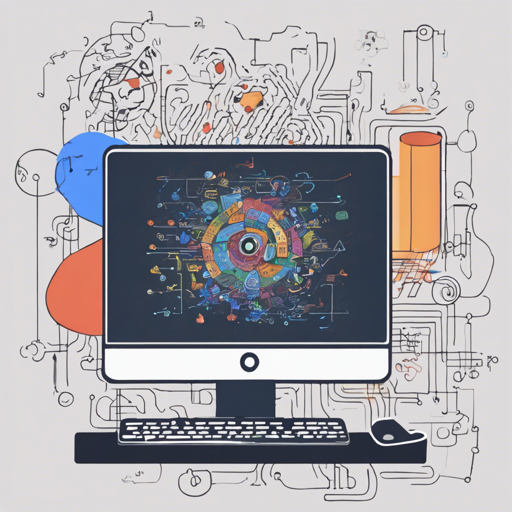Welcome to the exciting world of AI and machine learning! In this blog, we will dive into creating a Doodle Classifier using TensorFlow.js, built on the Google QuickDraw dataset. If you’re familiar with neural networks but want a practical example, you’re in the right place. Let’s get started!
What is the Doodle Classifier?
The Doodle Classifier is an experimental project aimed at recognizing drawings, much like how humans interpret sketches. It’s based on the popular MNIST example for digit recognition but uses doodles instead! With the help of TensorFlow.js, you’ll harness the power of machine learning right in your browser.
Setup and Requirements
- Visit the TensorFlow.js website.
- Ensure you have a basic understanding of JavaScript.
- You will also need to have p5.js installed for drawing functionalities.
- Access to the Google QuickDraw dataset.
Key Features of this Project
- Simple model implementation.
- Real-time doodle guessing functionality.
- Ability to train with a larger dataset.
- Model saving capabilities with local storage or JSON files.
- Future plans to introduce a higher-level Classifier class utilizing Keras layers via ml5.js.
Understanding the Architecture
Imagine building a Doodle Classifier as constructing a multi-layered cake. Each layer represents a different aspect of your data processing:
- The bottom layer could be viewed as your base (raw data) – in this case, the doodles.
- Each additional layer represents neural network transformations, enhancing your cake’s flavor (data features) with various ingredients (filters, activations).
- Finally, the icing on top is the output layer, presenting the clean, delicious finish of your model’s predictions!
Getting Started with Code
Here’s an example of code snippets to kick off your project:
// Initializing TensorFlow.js
const model = tf.sequential();
// Adding a dense layer
model.add(tf.layers.dense({units: 64, inputShape: [784], activation: 'relu'}));
// Adding output layer
model.add(tf.layers.dense({units: 10, activation: 'softmax'}));
This code initializes a simple neural network: a sequential model where layers are added one after another. Doing so begins our journey, preparing it to learn from user drawings!
Troubleshooting Common Issues
If you run into any issues during development, here are some troubleshooting tips:
- Ensure all libraries (TensorFlow.js and p5.js) are correctly linked in your HTML file.
- Check the console for any errors in your JavaScript code.
- Make sure you have a stable internet connection when accessing the datasets.
- If your model’s predictions seem off, consider adjusting the learning rate or model architecture.
For more insights, updates, or to collaborate on AI development projects, stay connected with fxis.ai.
Future Roadmap
This project is just the beginning! Here are some exciting features in our pipeline:
- Simplifying the model by removing unnecessary layers.
- Integrating realistic testing datasets.
- Real-time guessing of user drawings.
At fxis.ai, we believe that such advancements are crucial for the future of AI, as they enable more comprehensive and effective solutions. Our team is continually exploring new methodologies to push the envelope in artificial intelligence, ensuring that our clients benefit from the latest technological innovations.
Conclusion
Congratulations on taking your first steps in creating a Doodle Classifier! This project reflects the magic that happens when art meets technology. Dive in, experiment, and watch as your doodles come to life through machine learning!

